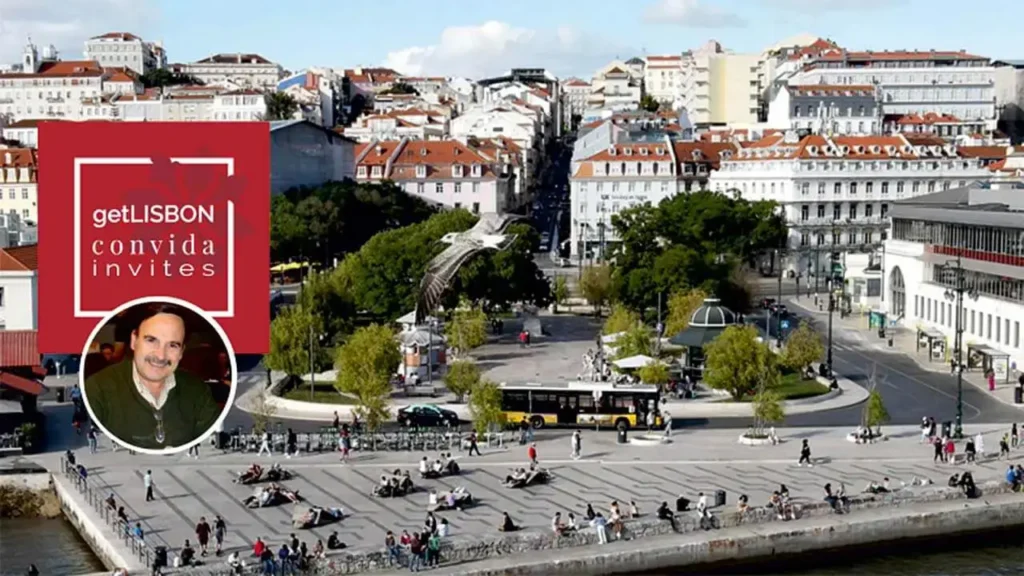In this getLISBON invites series article, we are pleased to have the collaboration of Marisa Filipe. This historian, passionate about 20th century espionage, tells us about the Lisbon of spies and the places where intriguing stories took place…
In 1939, on September 1st, World War II began and our country, under Salazar’s command, immediately and unilaterally declared neutrality. Prodigal with diplomatic relations with the allies and the axis countries, Portugal became a refuge for wealthy families fleeing the war, a haven for refugees. Particularly, the capital became the scene of rocambolesque stories and espionage theatre, a Lisbon of spies.
Through this city, passed the most famous spies of all times and the most beautiful and incredible female spies. Hotel Aviz, Hotel Avenida and Pastelaria Suíça are just some of those hotels and cafes that were buzzing with intrigue, scams and even kidnapping attempts in a glamorous, dangerous and absolutely exciting Lisbon.
Main Stages in a Lisbon of Spies
Hotel Aviz, the Glamorous Hotel of Spies
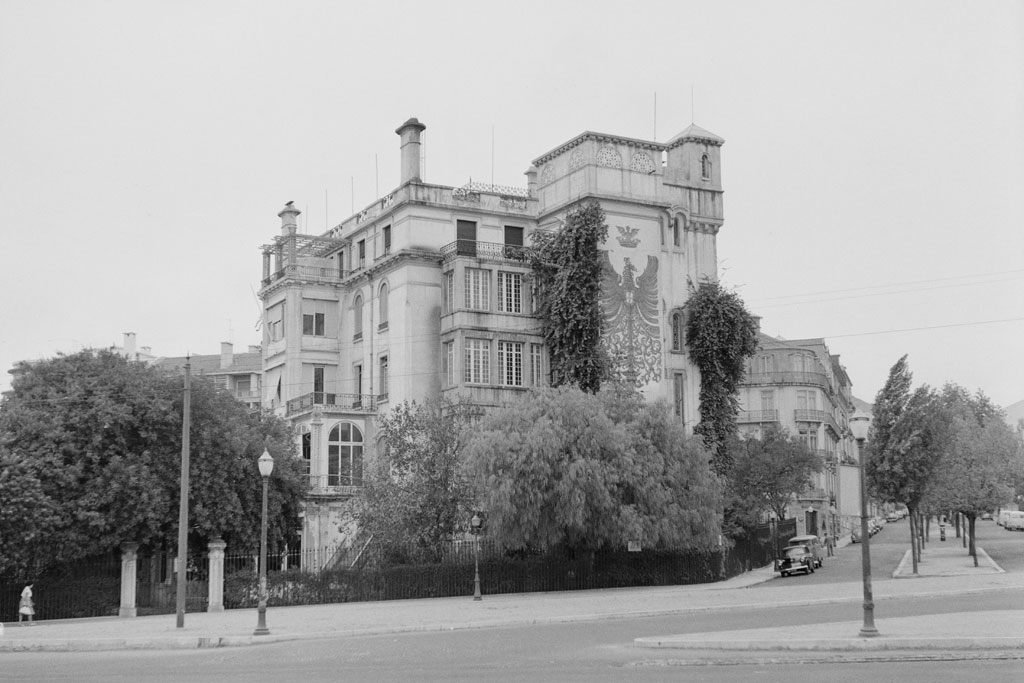
Opened in 1933, in Fontes Pereira de Melo Avenue, Hotel Aviz was considered the most chic hotel in Lisbon. In the 1940s, the Portuguese and international public figures (such as Amália Rodrigues, Calouste Gulbenkian, the Dukes of Barcelona and the kings of Romania) stayed at Hotel Aviz and the Dukes of Windsor, Wallis Simpson and Edward VIII, were almost kidnapped in this hotel!
The Gestapo had hatched a plan to kidnap the Duke and Duchess of Windsor while they were having dinner with the banker Ricardo Espírito Santo in the sumptuous dining room of the Hotel Aviz. But luckily a famous double agent who, upon realising the plan, managed to stop it, and on August 1st, 1940 the Dukes of Windsor left safe and sound for the Bahamas aboard the packet boat Excalibur.Perhaps this famous spy ordered a Martini shaken but not stirred, with an olive in the bottom. If you suspect who we’re talking about, then you will be pleased to know that this famous spy existed, operated in Portugal and dined, seduced and spied many, many times in Hotel Aviz. His name was Popov, Dusko Popov.
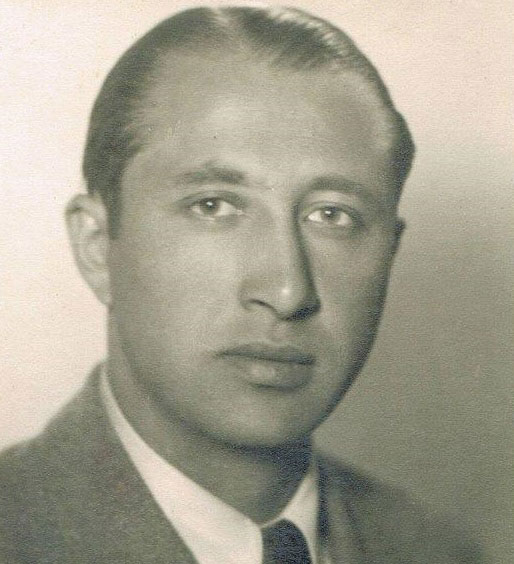
Dusko Popov, a spy of Serbian origin, worked in Portugal in the 1940s. A regular player at the Casino Estoril, he prevented the kidnapping of the Dukes of Windsor. He is considered the best spy of all time.
Hotel Avenida, Spy Bar and House of the Beautiful Female Spy Treasure

In 1940 the Portuguese newspapers reported little about the war and the front pages were filled with details about the great Portuguese World Exhibition. At Hotel Avenida, the Portuguese would ask the doorman who had ordered champagne that night, because those who asked for the dizzying drink were the winners of the day’s battle. It is not known who asked for more champagne, the Allies or the Axis, but it is known who the winners of World War II were.
At this hotel, stayed a beautiful spy, of Russian origin, who managed to convince her German lover to provide her with a radio through which she divulged very important information to the allies. This spy, codenamed Treasure, was a real treasure during the darkest times and the information she gathered was key to D-Day.
Pastelaria Suiça, Nice Legs Site
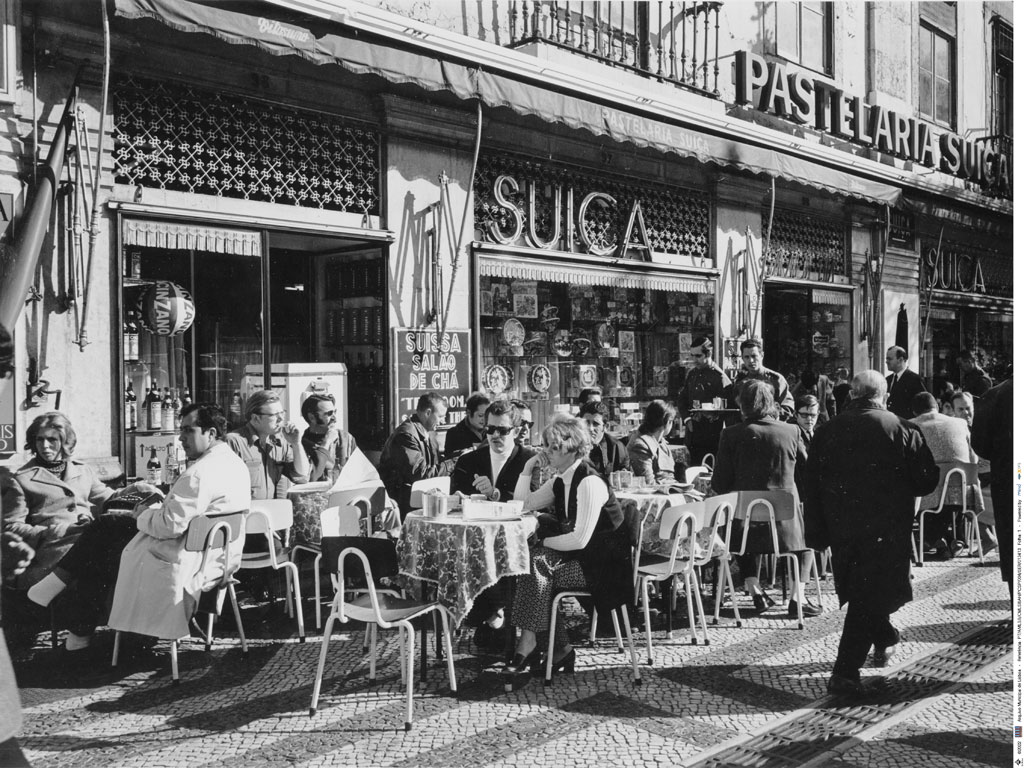
In 1940, the patisserie Suiça opened the first terrace in the middle of D. Pedro IV Square. In this terrace, frequented by male and female spies and seen from the Rossio Railway Station and from all the windows of the cafés and hotels of the square, female foreigners, many of them refugees, would sit killing time while the boat to Gibraltar or the United States didn’t arrive.
The impact of these women, many of them spies like Treasure, was so profound on Portuguese society that Suzanne Chantal, in her novel “Deus Não Dorme”, described the scandal they provoked in the conservative and puritanical Portuguese society “These foreigners! (…) They walk around without socks, without a hat. They have lipstick on their lips and they don’t have a shirt. A shame! A bad example for our daughters.”
The above-the-knee skirt was so badly, or so well seen, that the patisserie Suiça became known as the place of Bomparnasse, a pun between Montparnasse and nice legs.
Pensão Glória, Lisbon Home of Spies and Writers
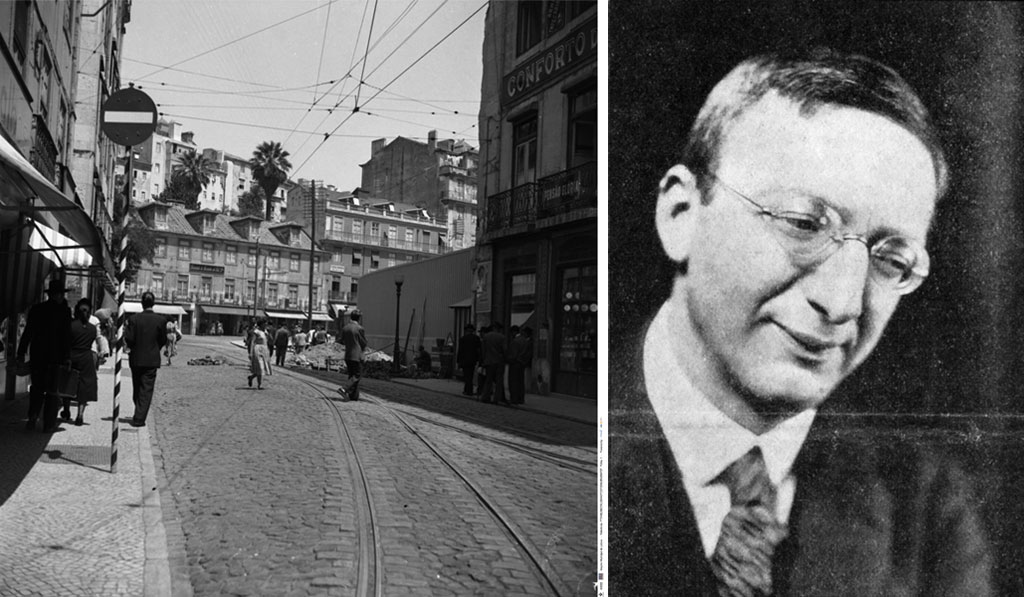
Located in Rua dos Fanqueiros, with more affordable prices than the 5-star hotels in Liberdade Avenue, this bed and breakfast was home to male and female spies, as well as the writer Alfred Döblin and his family, a German refugee of Jewish origin, while they waited for the boat that would take them to America. While they waited, they spent the afternoons in the “cool cafés” and at night they strolled along Liberdade Boulevard “a magnificently broad and long avenue, with movie houses, music”, as Döblin describes in his novel Destiny’s Journey.
These and other stories from Lisbon of spies are told by the historian Marisa Filipe. It’s not just a guided tour of the past, but an entry into an authentic time machine in Lisbon in the 1940s, a city torn between the oppression of Estado Novo (dictatorship regime), and the glamor and modernity brought by refugees, spies and royalty.
We’d love to hear from you! Feel free to email us at [email protected] to book your private walking tour in English.
| Never miss another article | Subscribe here |

Marisa Filipe
She has a degree in History – Cultural Heritage from the University of Évora, a postgraduate degree in Rehabilitation and Restoration from E.S.A.D and a Master’s in Development, Local Diversities and World Challenges from I.S.C.T.E. As a guide, she has worked in the most diverse palaces and museums, from Mafra Palace to Ajuda Palace, Pena, Queluz, among others. She is passionate about the baroque and espionage in the 20th century.


